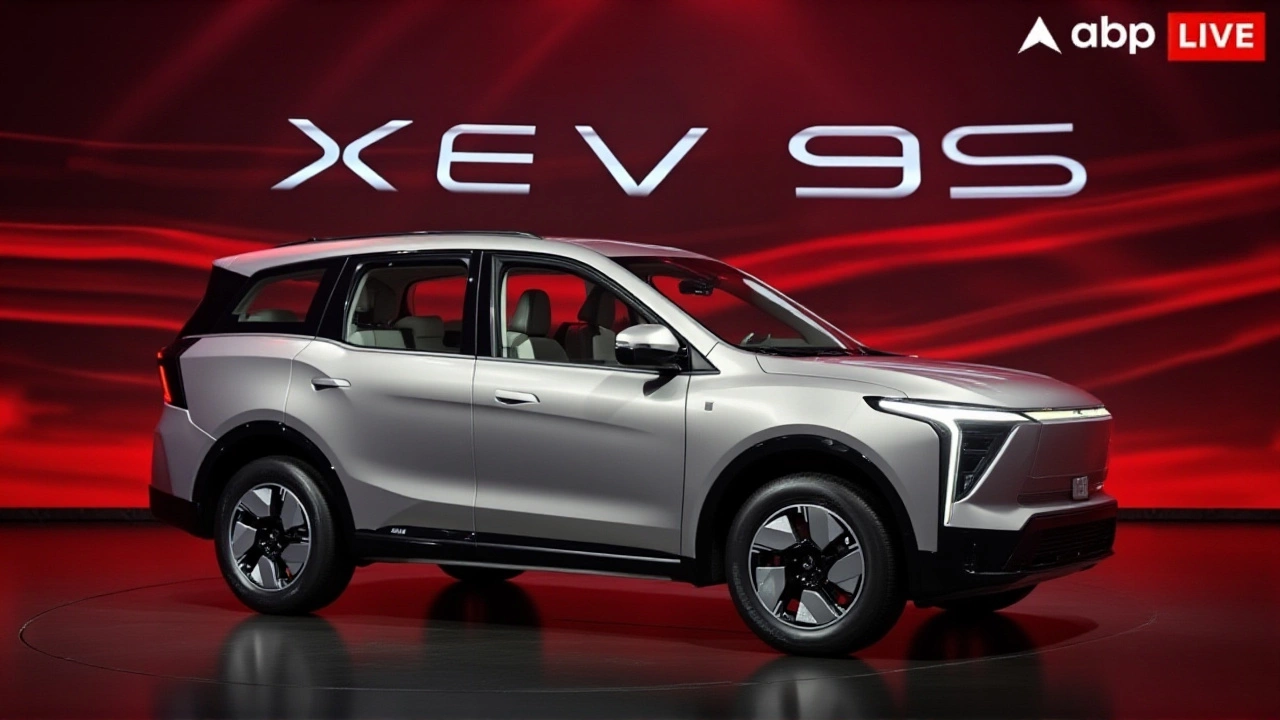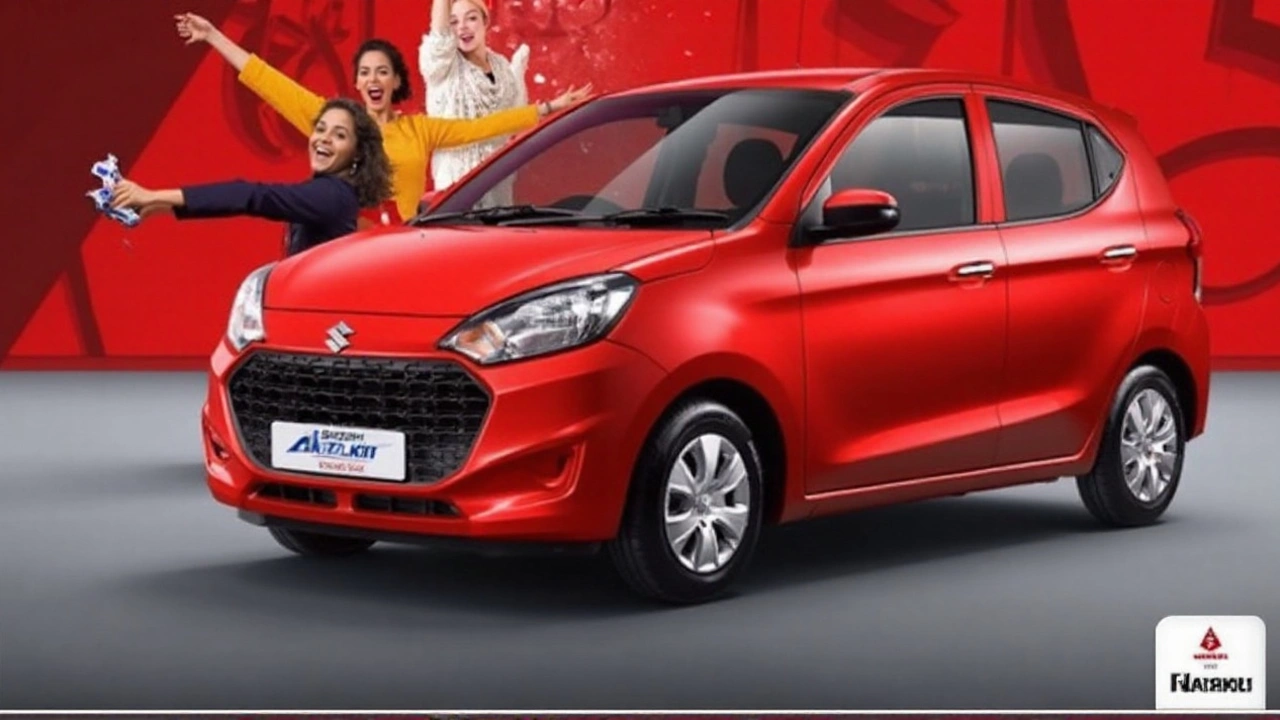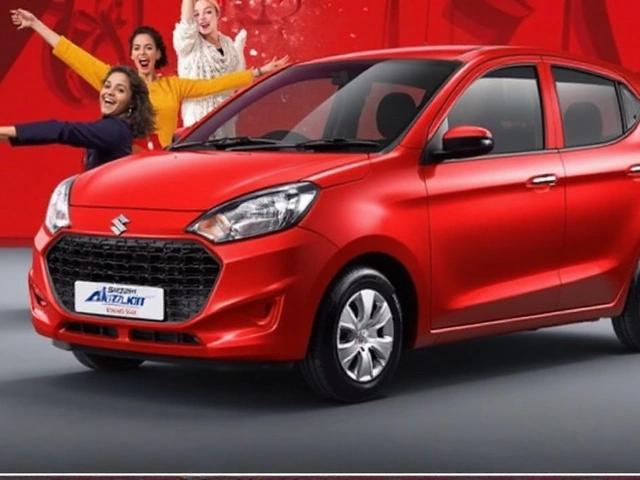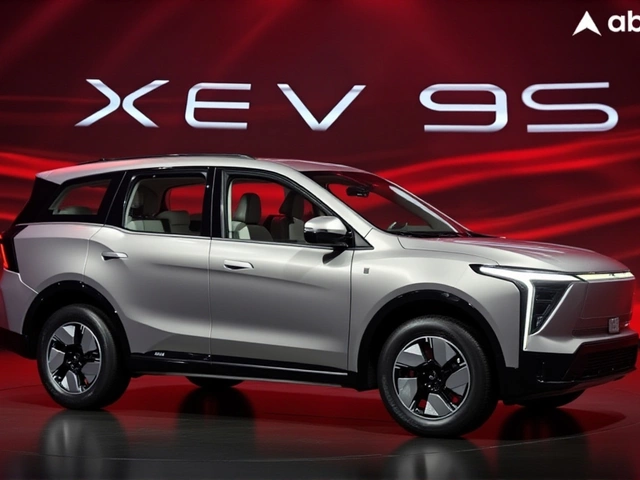Automotive Industry Updates: What’s Happening Right Now
Ever wondered why your favorite car suddenly costs more? The answer lies in a mix of raw‑material costs, new safety tech and stricter emission rules. In 2025, Maruti Suzuki raised prices three times – January, February and April – with hikes up to 4% or roughly Rs 32,500 per model. That move sent ripples across the Indian market and gave other makers like Hyundai and Mahindra a cue to follow suit.
So, what does this mean for you as a buyer, a seller, or even someone looking for a job in the auto sector? Let’s break it down.
Why Prices Are Climbing
First off, raw material prices have shot up. Steel, aluminum and even specialized plastics are costing more because of global supply chain hiccups. Add to that the expense of meeting BS6 emission norms – the government’s new standard that forces manufacturers to install advanced exhaust systems. The safety tech upgrade, like more airbags and electronic stability control, also eats into margins, pushing companies to adjust retail prices.
Maruti Suzuki’s three rounds of hikes weren’t random. The firm cited “higher input costs and tighter regulations” in its official statements. The price tags varied across its Arena and Nexa lineups, showing that premium models felt the squeeze more than budget ones.
Impact on the Market and Job Landscape
When a market leader hikes prices, competitors often do the same to protect profit margins. That’s why you’ve seen Hyundai and Mahindra lift their prices too. The ripple effect can slow down sales volumes in the short term, but it also means dealerships need fresh talent to navigate the new pricing strategy.
If you’re eyeing a career in the automotive field, look for roles in pricing analysis, supply‑chain management, and compliance. Companies are hiring people who can balance cost pressures with consumer expectations. Even positions in sales and after‑sales service are evolving because customers now ask more detailed questions about price justification.
On the flip side, the price hikes open opportunities for smaller players and used‑car dealers. A higher new‑car price makes pre‑owned vehicles more attractive, boosting demand for mechanics, refurbishers, and online resale platforms.
So whether you’re a prospective buyer, a dealership employee, or a job seeker, the current price trend reshapes the whole ecosystem. Keep an eye on how manufacturers communicate these changes – clear explanations often win customer trust and can even create new marketing roles.
Bottom line: the automotive industry is in a transition phase driven by cost pressures and regulatory demands. Understanding the why behind price hikes helps you make smarter buying choices and spot emerging job trends. Stay updated, ask questions, and be ready to adapt – that’s how you stay ahead in a fast‑moving market.

Mahindra & Mahindra launched India's first 7-seater electric SUV, the XEV 9S, at ₹19.95 lakh, with a top variant offering 500 km range and lifetime battery warranty. Competing with Tata and Kia, it targets families seeking premium, spacious EV mobility.
Continue Reading

Maruti Suzuki raised prices three times in 2025—January, February, and April—citing higher input costs and tighter regulations. Hikes reached up to 4% or Rs 32,500 depending on the model, covering both Arena and Nexa lineups. Hyundai and Mahindra also increased prices, pointing to industry-wide pressure from raw materials, safety tech, and emission norms.
Continue Reading






